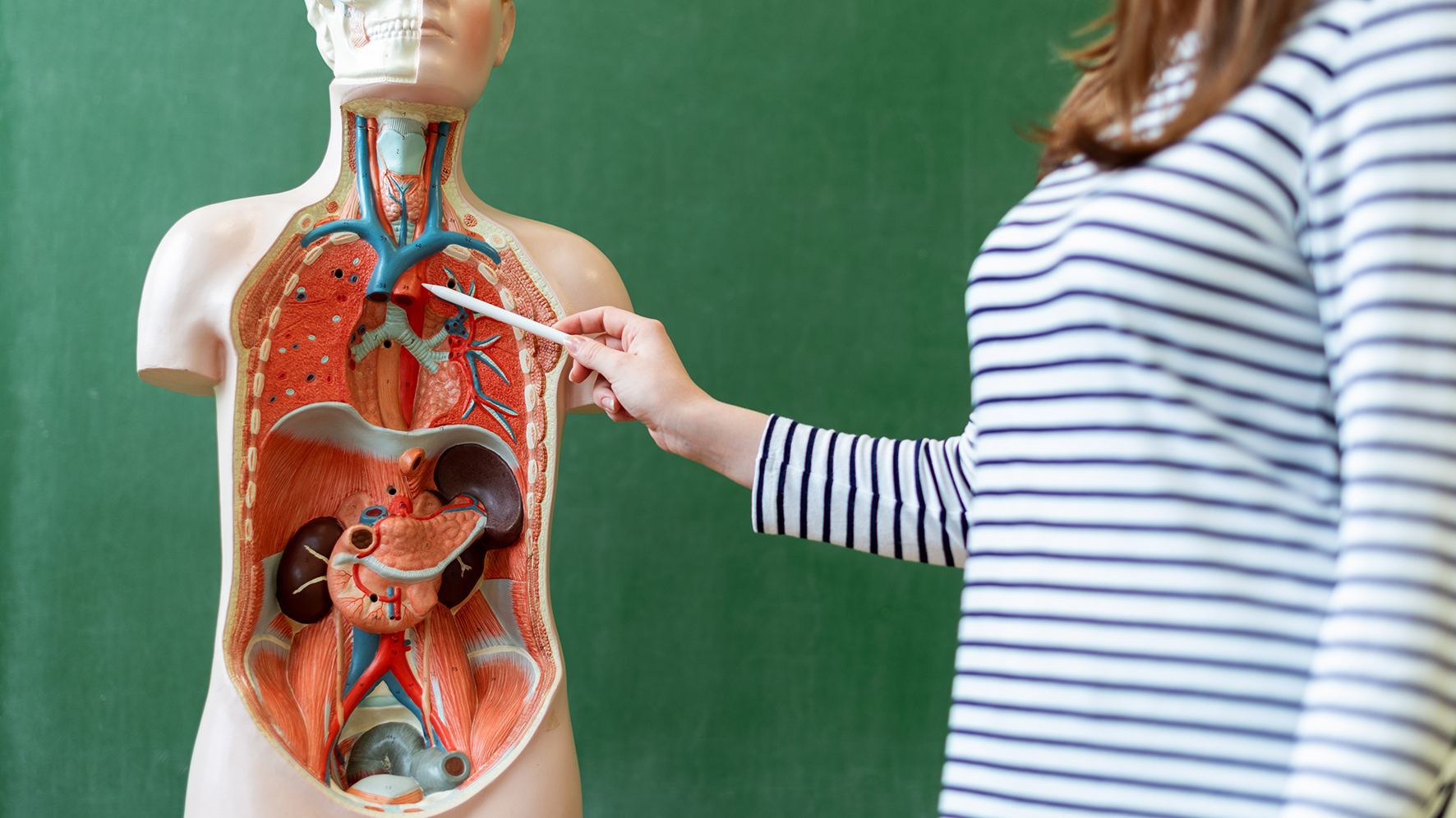In Summer 2020 we spent some time informally thinking about the direction of our school. We knew we needed to push the Arts and wanted to do so in a way which had cross curricular academic and skill development benefits while impacting a majority of students.
We had all of the pieces. Artists, Art teachers, subject specialists and teachers with backgrounds in more concept -based learning such as the IB. They just needed bringing together. Emerging from several connected conversations an idea, or rather a wish was formulated. As with all of the best ideas it came ‘bottom up’ from a variety of conversations with different teachers ‘on the ground’ rather than being pushed ‘top down’. My job was simply to understand there was indeed ‘something in the air’, capture it, bring people together, formalize it and harness the diverse talents into one cohesive group. And that’s just what happened!

In August 2020 we kicked off a three month pilot project. It was an experiment, or Action-Research Focused, as we like to say in education. Its aim was to explore how well we could integrate Art across the curriculum with existing resources. Our thinking was that although Art can be taught separately in a very set curriculum there are real advantages to teaching in a more exploratory trans disciplinary way where students can experiment and hopefully deepen learning in connection with their current curriculum areas.
Our thinking was that although Art can be taught separately in a very set curriculum there are real advantages to teaching in a more exploratory trans disciplinary way where students can experiment and hopefully deepen learning in connection with their current curriculum areas.
In three blog posts I outline the framework we used (Part 1), the benefits of integrating Art across the curriculum and the evidence and research which supports this before summarizing feedback from our students and teachers (Part 2) and give a preview into the future (Part 3).
Inter-disciplinary ‘opt in’ pilot project
As this was a pilot project we ensured it was ‘opt in’ meaning only teachers who were motivated and expressed interested in participating took part. Fortunately, a good cross section of staff had expressed an interest. We had teachers from Geography, History, Modern Foreign Languages and the Science Department participate alongside our Art teacher and a visiting Artist.
The kick- off meeting in August was buzzing with enthusiasm where the main challenge was in fact reminding staff that there would be limited time and resources for the project so to make goals achievable. It is worth mentioning that this project would never have succeeded without a high level of cross disciplinary genuine teacher collaboration. Fortunately, we have been building professional collaboration in a variety of ways for the past two years. You can’t just tell a group of disconnected people ‘to collaborate’. As Hargreaves and O’Connor (2018) point out the best form of collaboration is collaborative professionalism which translates to high trust, high precision collaboration.

Teaching teams worked together with our Art teacher Christine Berger who has a wealth of experience and ideas for this type of work. Christine was joined by Mr Randy DuBurke a talented book illustrator from New York. Teachers and Artists could decide how and when to plan their projects over a period of 3 months. Cross curricular Art integration did not replace regular teaching time, rather it was planned in addition to that time. This meant students were taught academic concepts in their regular classes and then used Art to reinforce learning through expression. My only requirement was that some form of Art had to be produced by each student to express understanding of current content in the curriculum and that we needed a finished product by early December. This organizational flexibility and space was replicated by teachers who while providing students with models, guidance and coaching left it up to the students to express their own understanding of the curriculum by providing very broad scope in creative freedom.
A brief two week COVID related shutdown meant a sudden re-focus on virtual learning which paused the project. I had to be flexible with my deadlines so we pushed back to the final week of term and the results were excellent. Students produced a range of satire representing Hitler’s Nazi Germany now in the process of being produced to magazine format. They produced colourful clay coastal landforms in geography. In Science they created glow in the dark bacteria, 3 D models of molecules, sculpted hands, clay painted lungs and Art with light Cyanotypes. We exhibited their Art in a virtual Art Exhibition Kunstmatrix as well as physically around the school.
We wish you a lot of fun and success with Art integral to learning. Your Academia International School Basel.
Author
Stephanie Wimmer-Davison, Vice Principal Academia International School Basel
More Information about Academia International School Basel
Feedback
References
A. Bolwerk et al (2014), “How Art Changes Your Brain: Differential Effects of Visual Art Production and Cognitive Art Evaluation on Functional Brain Connectivity,” PLOS One, on the internet at http://journals.plos.org/plosone/article?id=10.1371/journal.pone.0101035.
Dan Davies, Rosalind Scott, Anna Robb, Chris Murray, Chris Harkins; Thinking Skills and Creativity
Volume 29, September 2018, Pages 59-70
Education Endowment Foundation https://educationendowmentfoundation.org.uk/evidence-summaries/teaching-learning-toolkit/arts-participation/
Epstein D (2019) “Range” Why generalists triumph in a specialized world
Hargreaves, A and O’Connor, M “Leading Collaborative Professionalism” Centre for strategic education.
Heikkilä, J., Tiippana, K. School-aged children can benefit from audiovisual semantic congruency during memory encoding. Exp Brain Res 234, 1199–1207 (2016). https://doi.org/10.1007/s00221-015-4341-6
Kumar, S. Prasanna (2018) Improving Working Memory in Science Learning through Effective Multisensory Integration Approach
Online Submission, International Journal of Mind, Brain & Cognition v9 n1-2 p83-93 Jan-Dec 2018
New York Times (2009) Using Arts Education to Help Other Lessons Stick. https://www.nytimes.com/2019/03/04/well/family/using-arts-education-to-help-other-lessons-stick.html
Shams, L., & Seitz, A. R. (2008). Benefits of multisensory learning. Trends in Cognitive Sciences, 12, 411–417. https://doi.org/10.1016/j.tics.2008.07.006
Walden University. Does Art Boost a Student’s critical thinking?
https://www.waldenu.edu/online-masters-programs/ms-in-education/resource/does-art-boost-a-students-critical-thinking
Worth (2020) How a focus on arts can boost resilience and character TES. https://www.tes.com/news/how-focus-arts-can-boost-resilience-and-character

